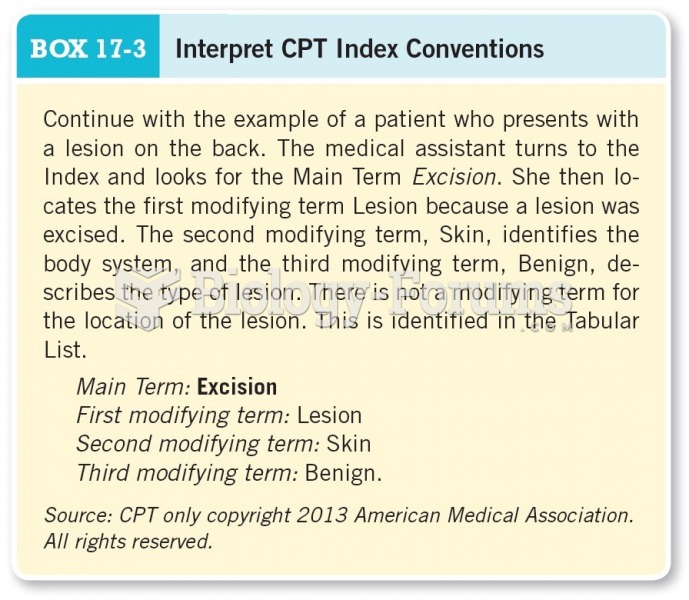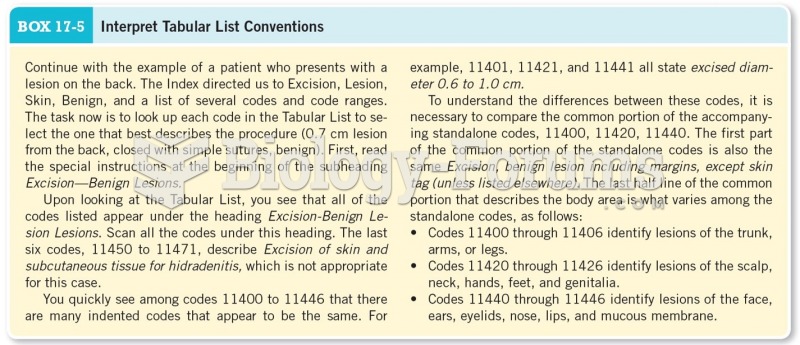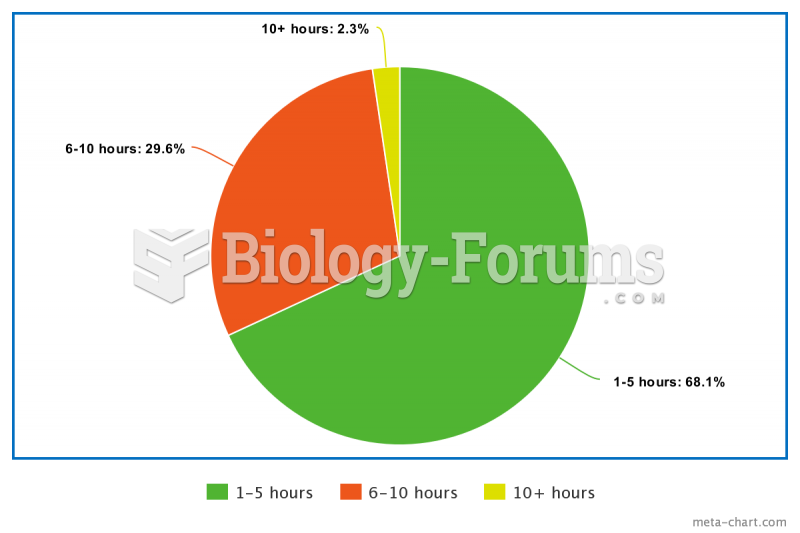Answer to Question 1
C
Answer to Question 2
Zimmerman proposed a four-step model that incorporates observational learning. The first level involves observing a model. The learner watches what the model does and listens to the model's explanations of his behavior and the model's comments about performance standards, motivational beliefs, and values. Students are more likely to attend to a model when they are unfamiliar with the task or uncertain about their capability to carry it out, admire the model, deem the model's behavior to be appropriate, and observe the model being reinforced (which is called vicarious reinforcement).
The second level involves emulating the model's behavior. Through the model's use of
guidance, feedback, and direct reinforcement, the learner exhibits a response that is generally like that of the model. Through the emulation process, individuals can learn to inhibit certain behaviors under certain circumstances, disinhibit behaviors that would normally be suppressed because of social disapproval or other more severe punishment, exhibit behaviors they already know how to make but normally do not, and exhibit new behaviors.
The third level involves the process of self-control. At this point, the learner exhibits the same behavior as the model, but in the absence of the model. Self-directed practice produces an almost automatic self-control response. The learner's sense of self-satisfaction at having matched the standards and behavior of the model provides the motivation to continue.
The fourth level is the process of self-regulation. At this point, the behavior is so well learned and under the learner's control, that it can be adapted to changes in internal and external conditions. The motivation to continue learning and using self-regulation processes comes from the learner's perceived self-efficacy and intrinsic interest in the modeled behavior.







